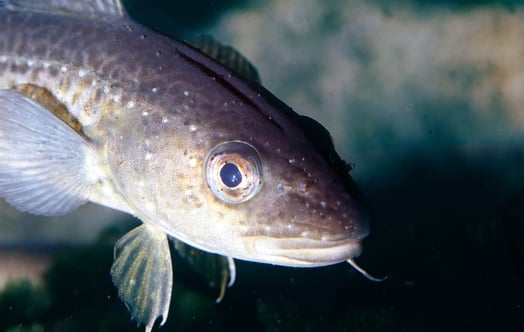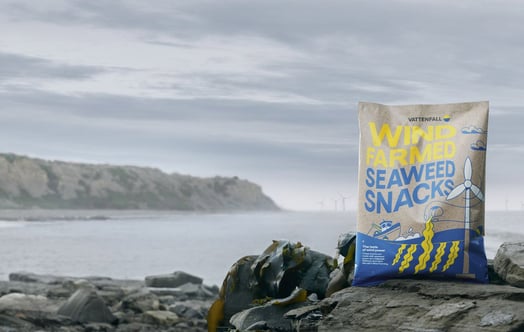
Energy company Vattenfall and steel producer Salzgitter are pushing ahead with their joint goal of decarbonising industrial production processes. A new power purchase agreement (PPA) provides for fossil-free electricity from the Nordlicht 1 offshore wind farm to be available for steel production from 2028.
“The electricity partnership with Salzgitter underlines our long-term strategy at Vattenfall to enable a fossil-free life not only for ourselves, but also for our suppliers, partners and customers”, emphasises Martijn Hagens, responsible member of the Executive Board and Head of Markets at Vattenfall. He adds: “With our fossil-free electricity, we want to decarbonise entire value chains and support industry in particular on its path to green transformation.”
Gunnar Groebler, CEO of Salzgitter AG: “With our SALCOS® program, we are already in the middle of the transformation of steel production towards low-CO2 production processes, making us a leader in the steel industry. Green steel needs green energy: This agreement is therefore the next important step in securing our energy requirements for low CO2 production. With Vattenfall, we have another powerful partner at our side and we look forward to working together.”

The project partners: (from left to right) Marco Hauer (Salzgitter), Natalie Bird (Vattenfall), Ralph Schaper (Salzgitter), Christine zu Putlitz (Vattenfall), Bassam Darwisch (Vattenfall).
In detail, the agreement – a so-called Power Purchase Agreement (PPA) – provides for a share of 75 megawatts of connected load from the Nordlicht 1 offshore wind farm to be made available to the Salzgitter Group over a period of 15 years. The Nordlicht 1 wind farm is currently being developed around 85 kilometres north of the island of Borkum. It is due to be completed and connected to the grid in 2028. Salzgitter will then purchase around 300 gigawatt hours of electricity per year for steelmaking processes – equivalent to the annual electricity consumption of around 120,000 households.
“Fossil-free electricity from private supply contracts is highly valued by our customers. This is because it offers competitive costs and the guarantee that the electricity purchased actually comes from renewable sources, including proof of the type and location of green electricity generation”, explains Hagens. Vattenfall is building and developing the Nordlicht 1 offshore wind farm with 68 wind turbines and a total capacity of 980 megawatts in the German North Sea. Vattenfall holds a 51 per cent stake in Nordlicht 1, BASF holds a 49 per cent stake. Vattenfall intends to use its share of future electricity generation to supply customers in Germany with fossil-free electricity.
Electricity partnerships primarily offer producers and consumers of renewable electricity investment security, price guarantees and risk diversification – with freedom of contract design. Observers expect demand for electricity partnerships between producers and industrial companies to increase in the coming years. According to an analysis by the German Energy Agency (Dena), the volume of PPAs in Germany could rise to 192 terawatt hours by 2030 – covering a quarter of Germany's total electricity demand. A secure and competitive supply of clean energy plays a decisive role, not least for steelmaking processes in Germany.



